At the risk of being off topic, I need to ask a guitar electrical question.
I am trying to replace an old guitar's pickups (including the pickup switch). The idea is to put two active humbuckers. All the diagrams (that you will see below) talk about a SPDT Switch, but the (new) one I got, has seven connectors in it. Images are going to better explain my dilemma.
This is the pickups diagram from the manufacturer (Seymour Duncan):
I have encircled in red the SPDT switch. Problem is, I don't have that.
Another diagram (straight from their website):
I'd argue they are very similar, but not 100% the same, however, this one too has a SPDT switch. I'm not sure what the difference means… in the 1st diagram each pickup has a volume and they connect to the tone via another pin and then straight to the switch; the 2nd diagram, however, seem to connect the pickup to the volume and the same pin to the tone. The connection to the switch is made from the other volume pin; i'm not sure what difference does this make (none?)
Now the switch I have, looks like this:
You can see the three positions in the left column and which connectors make contact in each one. E.g. when the switch is like in the picture, connectors 1, 4 and 5 are making contact.
Enough with the images… what I want to understand is how do guitar pickups work (not the theory behind the strings+magnetic field, that part I got), but more the electrical part of how the current gets from the pickups through the volume and tone pots, switch and jack (out).
What would be the best way to understand this?
Bonus: These pickups came with what I think (given my limited knowledge) are capacitors:
Where am I supposed to solder these? I think they are the 1µF things draw in the first diagram (or the green in the 2nd?). I'm confused. I thought those were supposed to let certain frequencies pass, and given the nature of how they are usually soldered, those frequencies are discarded (thus changing the tone).
Irrelevant to this lengthy post, is the fact that the guitar got badly damaged and had a sentimental value, so I'm repairing it, the electronics (my super-weakest part) are the last step in this adventure. And here I am. Stuck. :/
Thanks again for any help, direction, manual, site, book you can point me to; apologies if this is off topic, couldn't find a better place full of "people that know what they are doing".
UPDATE: I finally managed to finish the guitar. It all worked out really well, thanks for the help!
Pics:
 Scalloped Frets 13-24, added Seymour Duncan Dave Mustaine, Routed Battery compartment, made room for 4 knobs (previously there was only one) and other minor wood polishing (the guitar is cheap, made in indonesia, but plays really well).
Scalloped Frets 13-24, added Seymour Duncan Dave Mustaine, Routed Battery compartment, made room for 4 knobs (previously there was only one) and other minor wood polishing (the guitar is cheap, made in indonesia, but plays really well).
